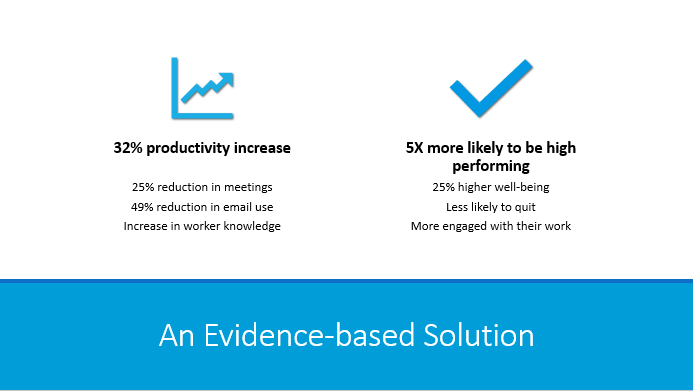Log in
Child Welfare Collaboration Platform
What is a collaboration platform?
A collaboration platform is a collection of software resources used to boost a team's productivity as it facilitates the sharing of ideas, information, files, and documents and helps everyone on the team communicate, coordinate, cooperate and solve problems more efficiently.
Has it been around for a while?
In the business world, yes. In fact, in 1990 collaboration software was described as “intentional group processes plus software to support them.” Today, businesses spend around $8 billion per year on collaboration software.
Why?
Because they generate value-add for the business world. They are proven to enhance productivity, generate more informed decisions, improve communication, strengthen relationships, and minimize errors. In the business world, errors cost money. In the child welfare world, errors can be much more expensive.
An Evidence-based Solution
Organizations that promote collaborative working are five times more likely to be high performing. Their employees are engaged, are less likely to quit, and have a 25% higher well-being. Their employees experience a 32% productivity increase, a 25% reduction in meetings, and a 49% reduction in email use all while significantly increasing their knowledge.
A different kind of collaboration platform
That sounds good, right?
It is.
The problem is that business collaboration platforms aren't a good fit for child welfare agencies. HIPAA compliance is a concern, per-user pricing can be an issue, some platforms limit users to company employees only and these systems come loaded with modules child welfare agencies don't need and they are missing the ones agencies do need.
We're a different kind of collaboration platform. We communicate, track, and analyze human touchpoints and child welfare data in a way the other systems were never intended to do – because there was no need for them to do it. Our system was designed and customized specifically for the child welfare space.
